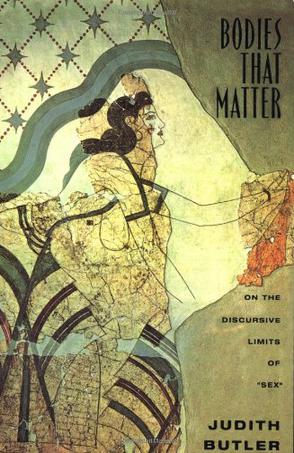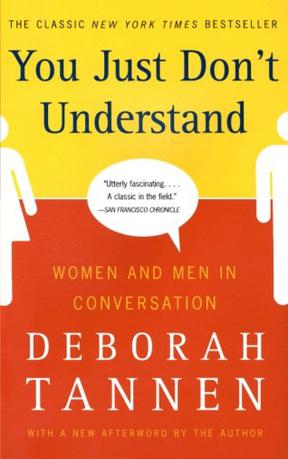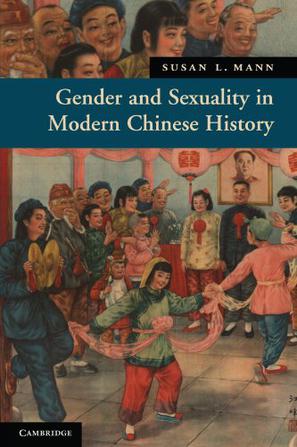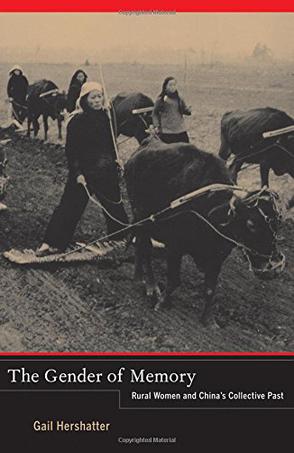-

On Female Body Experience
Written over a span of more than two decades, the essays by Iris Marion Young collected in this volume describe diverse aspects of women's lived body experience in modern Western societies. Drawing on the ideas of several twentieth century continental philosophers--including Simone de Beauvoir, Martin Heidegger, Luce Irigaray, Julia Kristeva, and Maurice Merleau-Ponty--Young constructs rigorous analytic categories for interpreting embodied subjectivity. The essays combine theoretical description of experience with normative evaluation of the unjust constraints on their freedom and opportunity that continue to burden many women. The lead essay rethinks the purpose of the category of "gender" for feminist theory, after important debates have questioned its usefulness. Young's classic essay, "Throwing Like a Girl," is reprinted here, along with a comment of the impact of that essay twenty years later. Newer essays include reflection on the meaning of being at home, and the need for privacy in old age residences. Other essays analyze aspects of the experience of women and girls that have received little attention even in feminist theory--such as the sexuality of breasts, or menstruation as punctuation in a woman's life story. Young describes the phenomenology of moving in a pregnant body and the tactile pleasures of clothing. While academically rigorous, the essays are also written with engaging style, incorporating vivid imagery and autobiographical narrative. On Female Body Experience raises issues and takes positions that speak to scholars and students in philosophy, sociology, geography, medicine, nursing, and education. -

Bodies That Matter
In "Bodies That Matter," Judith Butler further develops her distinctive theory of gender by examining the workings of power at the most "material" dimensions of sex and sexuality. Deepening the inquiries she began in "Gender" "Trouble," Butler offers an original reformulation of the materiality of bodies, examining how the power of heterosexual hegemony forms the "matter" of bodies, sex, and gender. Butler argues that power operates to constrain "sex" from the start, delimiting what counts as a viable sex. She offers a clarification of the notion of "performativity" introduced in "Gender Trouble" and explores the meaning of a citational politics. The text includes readings of Plato, Irigaray, Lacan, and Freud on the formation of materiality and bodily boundaries; "Paris is Burning," Nella Larsen's "Passing," and short stories by Willa Cather; along with a reconsideration of "performativity" and politics in feminist, queer, and radical democratic theory. -

You Just Don't Understand
Women and men live in different worlds...made of different words. Spending nearly four years on the New York Times bestseller list, including eight months at number one, You Just Don't Understand is a true cultural and intellectual phenomenon. This is the book that brought gender differences in ways of speaking to the forefront of public awareness. With a rare combination of scientific insight and delightful, humorous writing, Tannen shows why women and men can walk away from the same conversation with completely different impressions of what was said. Studded with lively and entertaining examples of real conversations, this book gives you the tools to understand what went wrong -- and to find a common language in which to strengthen relationships at work and at home. A classic in the field of interpersonal relations, this book will change forever the way you approach conversations. -

Teachers of the Inner Chambers
Rejecting popular image and accepted scholarship on the status of women in premodern China, this pathbreaking work argues that literate gentrywomen in seventeenth-century Jiangnan were far from oppressed or silenced. As writers, readers, editors, and teachers, these women created a rich culture and meaningful existence from within the constraints of the male-dominated Confucian system. The author reconstructs the social, emotional, and intellectual worlds of these women from the interstices between ideology, practice, and self-perception. Born out of curiosity about how premodern Chinese women lived, this book proposes a new way to conceptualize China's past. This reconception rests on the premise that by understanding how women lived, we better grasp the dynamics of gender relations and gain a more complete knowledge of the values of Chinese culture, the functioning of Chinese society, and the nature of historical change. The book examines three types of women's communities that developed in this environment: domestic, social, and public. Women from different families, age groups, and social stations were brought together by their shared love of poetry and common concerns as women. Though important at the time, most of these ties proved fragile and transitory because of women's inherently ambivalent position. The author argues that the gender system identified women both by their shared gender, or women-as-same, and by their social station, or women-as-different. This contradiction accorded women freedoms within their own limited spheres, but these spheres were fragmented and often demarcated by the class of male kin. As a result, even the most mobile and articulate of women had noinstitutional means of launching fundamental attacks on the gender system. -

Gender and Sexuality in Modern Chinese History
Gender and sexuality have been neglected topics in the history of Chinese civilization, despite the fact that there is a massive amount of historical evidence on the subject. China's late imperial government was arguably more concerned about gender and sexuality among its subjects than any other pre-modern state. How did these and other late imperial legacies shape twentieth-century notions of gender and sexuality in modern China? Susan Mann answers this by focusing on state policy, ideas about the physical body and notions of sexuality and difference in China's recent history, from medicine to the theater to the gay bars; from law to art and sports. More broadly, the book shows how changes in attitudes toward sex and gender in China during the twentieth century have cast a new light on the process of becoming modern, while simultaneously challenging the universalizing assumptions of Western modernity. -

The Gender of Memory
What can we learn about the Chinese revolution by placing a doubly marginalized group--rural women--at the center of the inquiry? In this book, Gail Hershatter explores changes in the lives of seventy-two elderly women in rural Shaanxi province during the revolutionary decades of the 1950s and 1960s. Interweaving these women's life histories with insightful analysis, Hershatter shows how Party-state policy became local and personal, and how it affected women's agricultural work, domestic routines, activism, marriage, childbirth, and parenting--even their notions of virtue and respectability. The women narrate their pasts from the vantage point of the present and highlight their enduring virtues, important achievements, and most deeply harbored grievances. In showing what memories can tell us about gender as an axis of power, difference, and collectivity in 1950s rural China and the present, Hershatter powerfully examines the nature of socialism and how gender figured in its creation.